Characteristics and description of bell pepper, how to grow it
Bell pepper was first described by South American gardeners. It belongs to berry peppers. On the territory of Russia, it is known not so long ago, but during this time it has been highly appreciated by experienced and novice gardeners. Pepper gained popularity due to its decorative beauty and unusual taste.
General characteristics of the variety
Bellflower is described as a bitter perennial cultivar. In fact, this description is not correct enough. Its taste is moderately pungent. It is distinguished by a spicy-spicy aroma. The appearance of the bushes and fruits has significant differences from the usual varieties of pepper.
Bellflower is a spreading variety. The bushes reach a height of 2 meters. The stems are powerful. The leaves are small. The stem of the plant and its leaves are covered with a small downy. The fruits have an unusual shape, resembling a bell or elongated squash. Fruit weight reaches 75 grams. The pulp is juicy, fleshy. When ripe, the pods are red. The bright color and long stalks add decorative appeal to the plant.
The bell belongs to the late-ripening varieties. The biological maturity of fruits occurs 140-150 days after the emergence of seedlings.
In greenhouse conditions, the variety has a high yield. Up to 50 pods are removed from one bush. In terms of weight, this corresponds to 2 kg of fruit.
The fruits have an unusual taste. They do not have a burning pungency. The taste of the fruit is not uniform. In the immediate vicinity of the peduncle, it is moderately sharp. Pepper petals have a sweet, spicy taste with light fruity notes. Some gardeners note the lemon flavor. Pepper becomes hot after the onset of technical maturity.
The bell is used for fresh consumption and preserved. It is actively added to sauces and stews.

Useful properties of pepper
Experts note the useful characteristics of the Kolokolchik variety. This is due to the high content of vitamins and minerals in the pulp of the fruit of the plant. Regular consumption of pepper minimizes the risk of heart attack and stroke. The beneficial properties of pepper are due to the high content of vitamins of group B and C.
The use of fresh fruits helps to prevent viral and infectious diseases, reduces the likelihood of depression, has a positive effect on mood, condition of the skin, hair, and nail plates.
Experts identify several areas of useful action of the Kolokolchik variety on the human body:
- elimination of cholesterol;
- strengthening the nervous system;
- strengthening of the bone corset;
- improved blood quality;
- increasing elasticity and strengthening blood vessels;
- improving memory;
- stimulation of brain activity;
- improved vision.
The use of red bell pepper in food has a beneficial effect on the entire body as a whole.
Planting seeds
The bell is grown in seedlings. Seeds are used for sowing. Seed material Gavrish is on sale. One package contains up to 15 seeds. The variety is late maturing. For this reason, seeds are sown for seedlings in the second half of February or the first decade of March.
Planting is carried out in special containers with drainage holes. If there are no water drain holes, they must be punctured. Peppers are sensitive to excess moisture. The containers are filled with a ready-made peat mixture or the soil is prepared independently.
Experts recommend pre-calcining the ground in the oven or treating it with an antiseptic solution.
1-2 seeds are placed in one container and sprinkled with a thin layer of earth. Cover the seedling pots with foil until the first shoots appear. The optimum temperature for germination is 23 degrees. For thickened plantings, the peppers are planted at the stage of 2-3 true leaves. It is important not to damage the root system during transplantation. Watering is done moderately, if necessary.
Seedlings should be grown indoors until the temperature is stable. Before planting the bushes in greenhouses or open ground, the peppers are hardened. To do this, lower the night temperature to 13-15 degrees, and the daytime to 17-18 degrees, respectively.
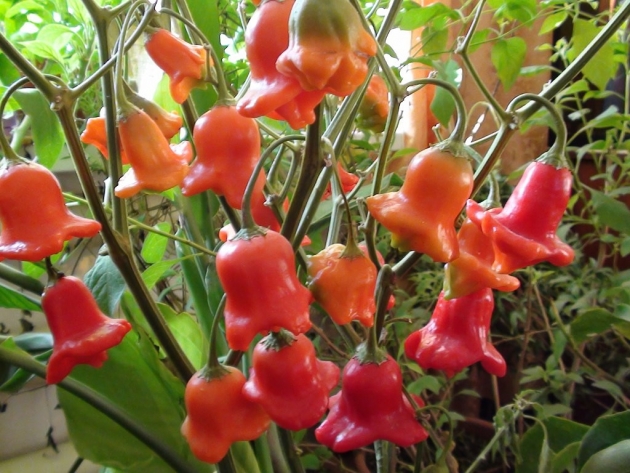
Features of agricultural technology
Planting of adult seedlings is carried out after the onset of stable heat. In central Russia, this period falls on the end of May. The transplant is carried out by the transshipment method. Time is chosen in the evening or daytime, but without direct sunlight. In this case, the transplant will be less traumatic for the plants.
When planting between the bushes, maintain a distance of 40 centimeters. The well is prepared deep enough. The entire earthen lump from the seedling pot should fit in it. A third of the finished well is filled with ash and filled with a manganese solution. The land of the transplanted plant is well compacted and mulched.
To grow healthy plants, there are simple rules to follow.
- Moderate but regular watering. Plants do not like excess moisture. Watering is carried out at the root of the plant with warm water.
- Loosening the soil. The top layer of soil should be loosened one day after watering. This will improve the oxygenation of the root system.
- Timely feeding. The first feeding is done 2-3 weeks after planting. Mullein solution is used for her. The second is at the stage of ash flowering. The third and subsequent ones - during the fruiting period with potash fertilizers and calcium.
- Removing side shoots. After the plants bloom, it is necessary to remove all lateral processes below the first ovaries. This increases the yield of the pepper.
- Winter transplant. Bellflower is a perennial variety. In warm climates, it bears fruit for several years. In mid-latitudes, plants can be grown in warm rooms during the cold season.
Bell pepper is susceptible to a wide range of diseases. The most common are:
- blackleg;
- gray rot;
- anthracnose;
- wilt;
- top rot;
- aphid;
- spotted wilting.
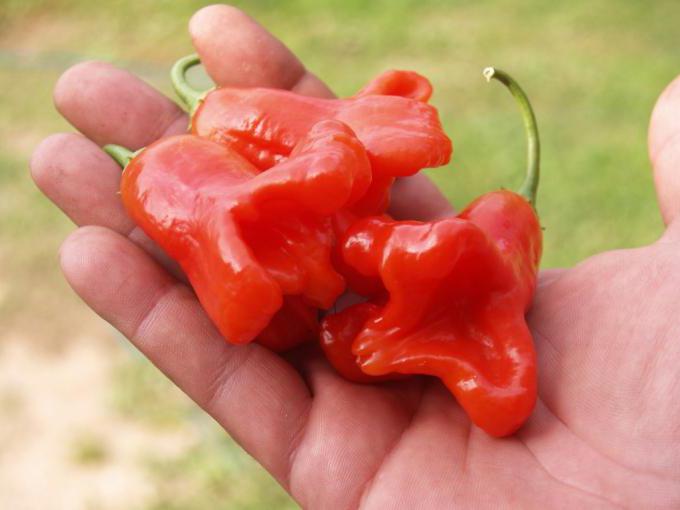
To combat pests, it is necessary to follow the rules of caring for plant bushes, and promptly remove diseased leaves, shoots and bushes entirely.
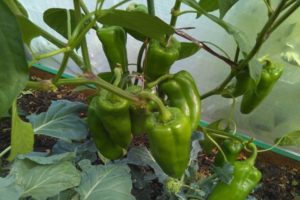
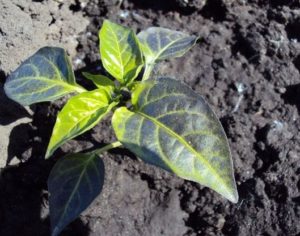

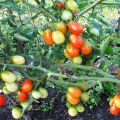



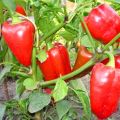
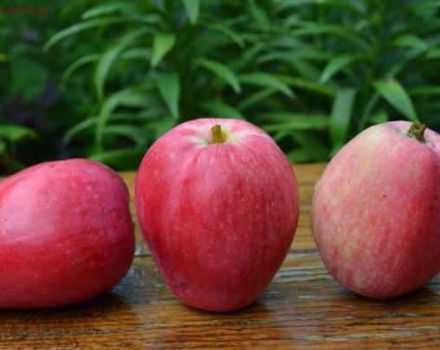
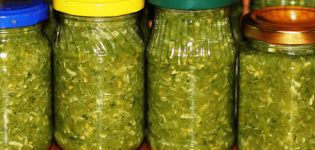
Not a bad variety of pepper, and I also noticed that if you use BioGrow, then ripening occurs about a week earlier. Yes, and it became less sick - before, aphids were almost constantly there, not like now. I bought it in this store.